Let’s talk about history
The things that no Confederate monument will ever teach us
November 4, 2020
We can all agree that “erasing history” is a bad thing.
However, it’s important to consider what kind of “history” we’re talking about when we say this. After all, the history we most often refer to is a glossy narrative that can become completely detached from historical facts and events.
The notion that “history” is held within Confederate monuments and public statues of old slave-owners or colonizers (that are largely ignored until they’re pulled down and fans appear from the woodwork) as opposed to books, art, songs, artifacts, and primary documents— is absurd.
The idea that ending the glorification of a person’s legacy by removing them from a school name will wipe them off the face of human memory forever is laughable. Even if this university scoured every trace of Robert E. Lee from its campus tomorrow, his legacy would continue to haunt the institution for the rest of its lifespan.
And while devil’s advocates may argue that this retroactive “cancelling” or rejection of historical figures based on a “few bad things” is a bit extreme, I’d say mass erasure of years of oppression and inequality regarding BIPOC in American curricula is far more extremist, terrifying and violent than anything someone could do to a statue.
The things we teach (and don’t teach) our living, breathing impressionable children should take priority over the cold stone memory of long-dead men.
So let’s talk about the things that no Confederate monument will ever teach us.
Let’s talk about the things Washington and Lee University has failed to teach us about the most famous of Confederates, beloved namesake, Robert E. Lee.
In response to the Unite the Right rally in 2017, President Will Dudley formed the Commission on Institutional History and Community. He charged the commission “to lead us in an examination of how our history — and the ways that we teach, discuss, and represent it —shapes our community.”
The commission, formed of 12 members drawn from faculty, staff, students and alumni, culminated in a report with 31 recommendations on how the University could reckon with its history going forward.
In return, the Board of Trustees enacted 4: changing the name of two buildings, changing the portraits of Washington and Lee from uniform to civilian clothing, closing the doors to the Lee Chapel statue chamber during events and agreeing to hire a Director of Institutional History.
Since then, this report has fallen by the wayside and remains relatively undiscussed and unknown to incoming students, even while community organizations like @notunmindful on Instagram campaign to shed light on parts of Robert E. Lee’s history contained within.
In his reply to the initial report, Dudley said “We will neither distance ourselves from our history nor oversimplify it. We must recognize the many people who have shaped this institution, and learn from the principles that guided them.”
So let’s examine the facts the Commission found that can teach us about our namesake’s principles:
Lee owned slaves. He and his two brothers inherited 30 enslaved persons from their mother in 1829 (Thomas, 56). As executor of his father-in-law’s plantation estate, he oversaw 150 enslaved persons whom he allegedly emancipated later than the will dictated (Thomas, 174-77).
Sources also accused him of rounding up three escaped slaves and subjecting them to lashings (one woman by his own hand) and ordering brine (heavily salted water) to be poured down their backs afterwards (Pryor, 260-75).
Lee did more than tolerate and partipcate in the slave trade; he extolled its necessity. In a letter to his wife in 1856, Lee said “slavery as an institution, is a moral & political evil for any Country. I think it however a greater evil to the white man than to the black race (Robert E. Lee quoted in Thomas, 173).”
Lee then added that “the blacks are immeasurably better off here than in Africa, morally, socially & physically,” and that the “painful discipline they are undergoing” was “necessary for their instruction as a race, & I hope will prepare them to better things.”
He concluded that only “a wise Merciful Providence” knew “how long subjugation may be necessary.”
Under Lee’s command at the Battle of the Crater, an entire division of United States Colored Troops who had already surrendered to Confederate forces were slaughtered.
Speaking of honor issues, he did not establish the Honor System.
According to Professor John M. Gunn’s research in 2003, the university “has had an Honor System continuously from the mid-1840s or possibly earlier.”
Faculty meeting minutes refer to the Honor System as early as 1850, at least a decade before Lee became president of Washington College (John Gunn Document, in Special Collections, Leyburn Library).
As university president, Lee failed to adequately reprimand students involved in hate crimes.
When The Bureau of Refugees, Freedmen, and Abandoned Lands sent Black teachers to Lexington in an education initiative, they encountered resistance from students who engaged in threatening behavior towards teachers and students at the bureau’s school.
Two documented racial confrontations led to violence.
While Lee “apparently dismissed the worst offenders (McClure, 194, Pryor, 454- 55; Crenshaw, 175),” disciplinary measures against others were weak and “the provocations did not end (Pryor, 455).”
Lee was still a racist after the war —in which he committed treason against our beloved country.
During official testimony before Congress in 1866, Lee said that Black people were “not as capable of acquiring knowledge” as white people, although “some [are] more apt than others;”
that he was against Black enfranchisement at the present time because “they cannot vote intelligently;”
And that Black people working for their former masters were “well treated” and Virginia would be a better place if Black people were removed from the state (Robert E. Lee’s Testimony, quoted in Varon, 221).
And if it doesn’t go without saying, he is the martyr for the Lost Cause, or cult belief in a romanticized Confederate-style utopian myth.
While he is effectively enshrined in both our name and campus, we remain a pilgrimage site for the most recent iterations of hate and white supremacy.
Lee is not the only guilty party, of course. George Washington was also complicit in human bondage. He enslaved people for 54 years, and at the time of his death in 1799, he owned 123 of the 317 enslaved persons living at Mount Vernon.
These are the parts of history that have been effectively erased and swept under the rug. These are the parts that don’t mesh with the grand narrative that’s been constructed to help us (or at least those of us with the exceptional privilege not to know better) sleep well at night.
In recent years, our administration has not been mindful of the future and has grievously failed in its mission to fully educate its students and empower them for “engaged citizenship in a global and diverse society.”
Since my freshman year, I’ve watched the countless ways in which the Board of Trustees and President William Dudley have cowered to the pressure from wealthy donors and angry, hateful alumni groups to halt progress in its tracks.
Time and time again, money has spoken louder than the recycled sentiments explaining away W&L’s inaction.
For a school with the motto, “not unmindful of the future” we are tragically, perpetually mired in a messy past. W&L has rarely shown any kind of foresight — and is just now attempting to develop its hindsight.
The massive bias and selective details in American history curricula is not a problem that can be solved anytime soon — and in many ways, our institutional history cannot be either.
But it’d be a nice start to change the name.



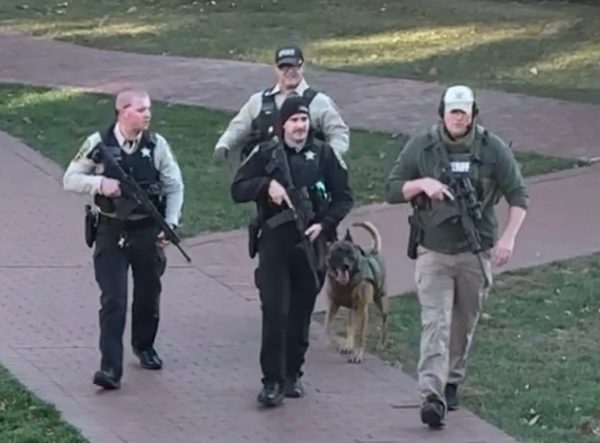

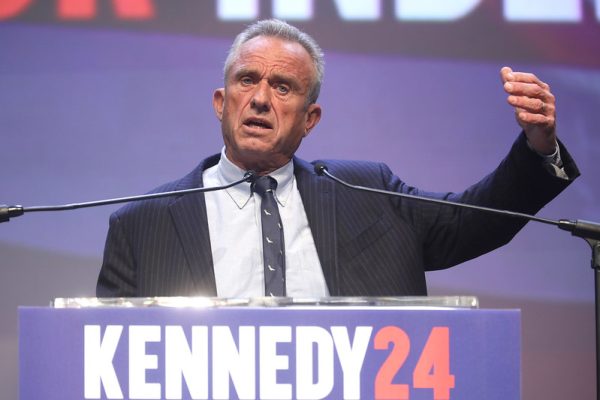

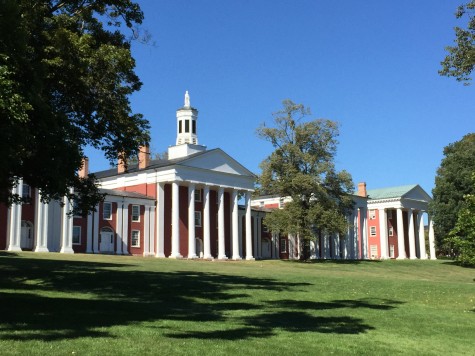

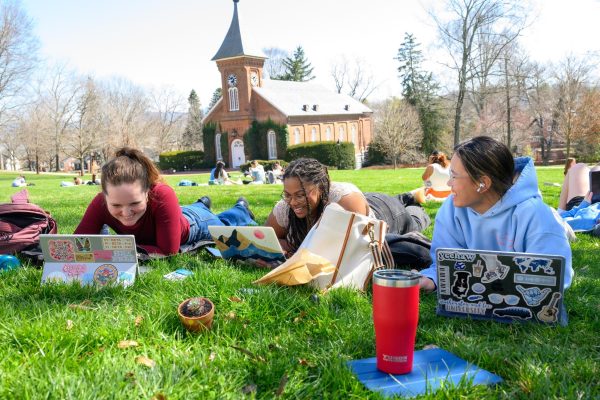

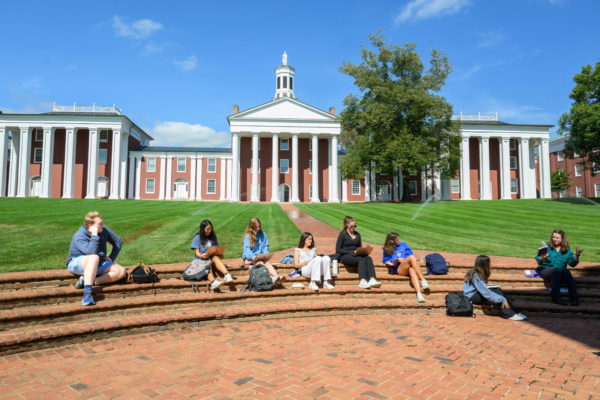
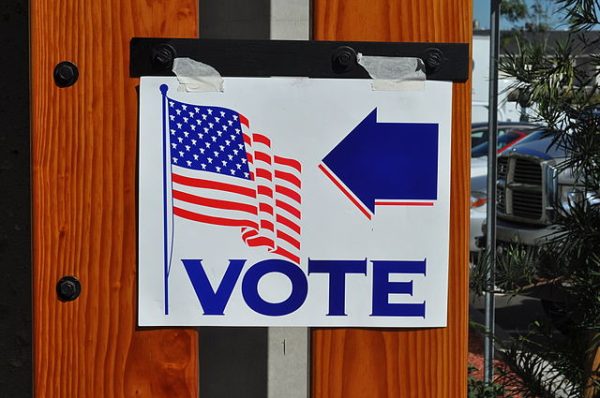
Anna • Nov 5, 2020 at 4:30 pm
Young alum here! Thank you for this article, I appreciate you not holding back. This is obviously something that has been said time and again but seeing it in the Phi, and the clear calling out of inaction by Dudley and the Board, is a sight for sore eyes! Great article.